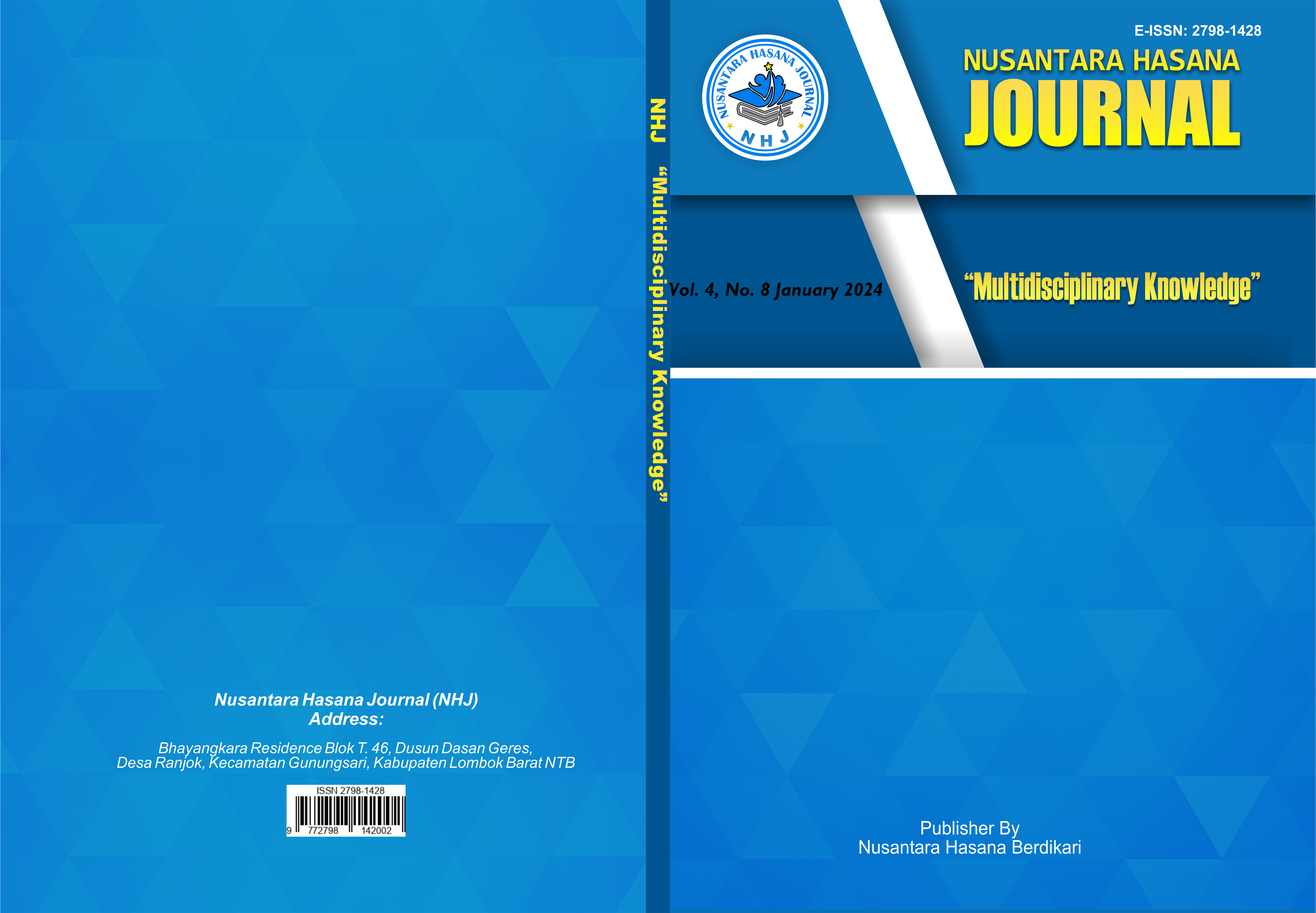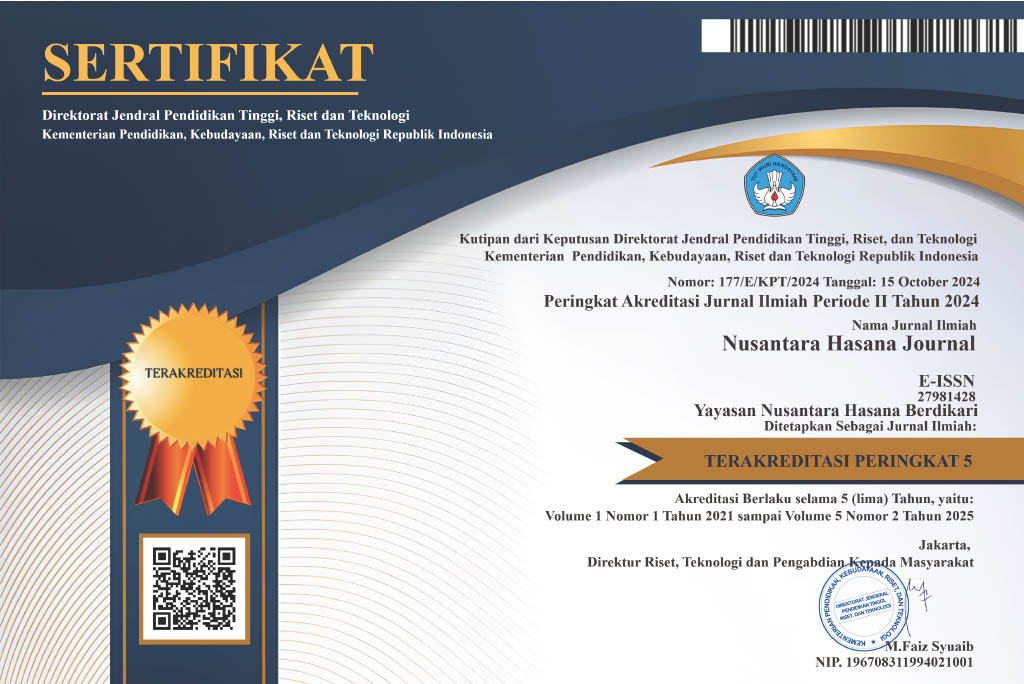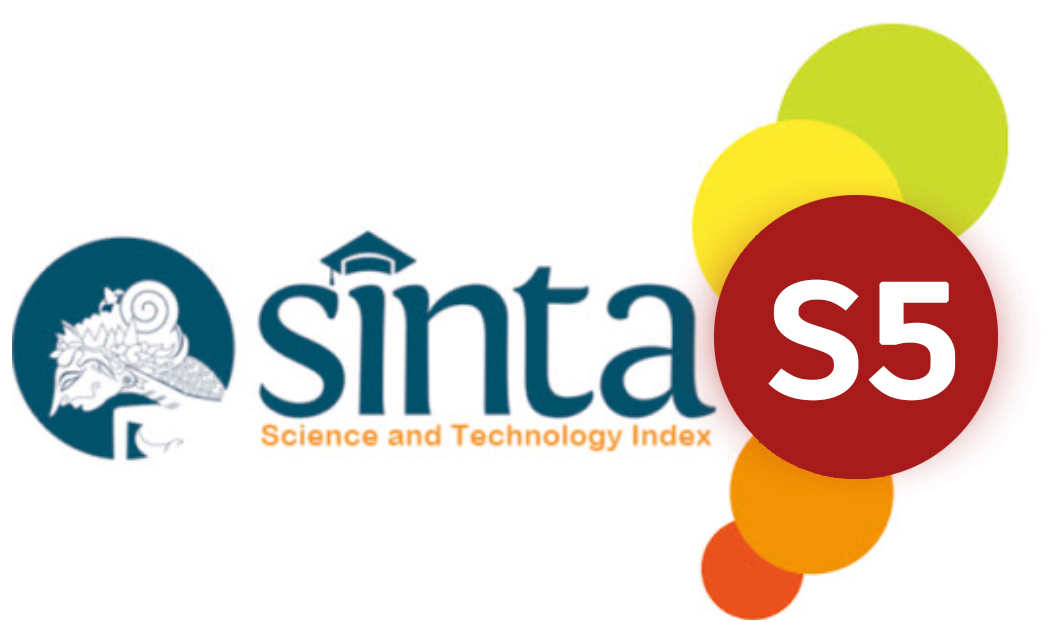HUBUNGAN KADAR VITAMIN D DENGAN GLUKOSA DARAH PUASA MAHASISWA FAKULTAS KEDOKTERAN UNIVERSITAS BAITURRAHMAH
DOI:
https://doi.org/10.59003/nhj.v4i8.1311Keywords:
Vitamin D, fasting blood glucose, glucose metabolismAbstract
Vitamin D plays an important role in various metabolic functions, including glucose regulation. Vitamin D deficiency has been increasing worldwide and is now a global health concern. Several studies have shown an association between low vitamin D levels and an increased risk of insulin resistance and impaired glucose metabolism. This study aims to determine the relationship between vitamin D levels and fasting blood glucose in medical students at the Faculty of Medicine, Baiturrahmah University, Padang. This study was an observational analytic study with a cross-sectional design. The research sample consisted of 52 medical students from the Faculty of Medicine, Baiturrahmah University. The mean vitamin D level was 23.35 ± 10.71 ng/ml. The mean fasting blood glucose level was 79.61 ± 1.17 mg/dl. The Spearman correlation analysis between serum vitamin D levels and fasting blood glucose showed an r-value of 0.04 and a p-value of 0.76. There was no significant relationship between vitamin D levels and fasting blood glucose.
Downloads
References
J. Wu, A. Atkins, M. Downes, and Z. Wei, “Vitamin D in Diabetes: Uncovering the Sunshine Hormone’s Role in Glucose Metabolism and Beyond,” Nutrients, vol. 15, no. 8, pp. 1–15, 2023, doi: 10.3390/nu15081997.
C. Argano, L. Mirarchi, S. Amodeo, V. Orlando, A. Torres, and S. Corrao, “The Role of Vitamin D and Its Molecular Bases in Insulin Resistance, Diabetes, Metabolic Syndrome, and Cardiovascular Disease: State of the Art,” Int. J. Mol. Sci., vol. 24, no. 20, pp. 1–26, 2023, doi: 10.3390/ijms242015485.
M. H. Siddiqee, B. Bhattacharjee, U. R. Siddiqi, and M. MeshbahurRahman, “High prevalence of vitamin D Deficiency among the South Asian adults: a Systematic Review and Meta-Analysis,” BMC Public Health, vol. 21, no. 1, pp. 1–18, 2021, doi: 10.1186/s12889-021-11888-1.
V. D. Putri, S. Husin, A. M. Kurniati, J. Anzar, Z. Maritska, and S. Adenina, “Risk of Vitamin D Deficiency in Medical Students Based on the Caracteristics of Food Intake and Sun Exposure,” vol. 10, no. 1, pp. 13–17, 2024.
I. Szymczak-Pajor and A. Sliwinska, “Analysis of Association between Vitamin D Deficiency and Insulin Resistance,” Nutrients, vol. 11, pp. 1–28, 2019, doi: 10.1016/s0140-6736(01)05429-0.
C. J. Lee et al., “The effect of vitamin D supplementation on glucose metabolism in type 2 diabetes mellitus: A systematic review and meta-analysis of intervention studies,” J. Diabetes Complications, vol. 31, no. 7, pp. 1115–1126, 2017, doi: 10.1016/j.jdiacomp.2017.04.019.
S. N. Jelmila, D. Sulastri, and Y. Lestari, “Correlation between 25-Hydroxyvitamin D Serum Levels with Telomere Length in Premenopausal Minangkabau Ethnicity Women,” Indian J. Public Heal. Res. Dev., vol. 11, no. 03, pp. 1155–1160, 2020, doi: 10.37506/ijphrd.v11i3.1566.
A. Al-Elq, “The status of Vitamin D in medical students in the preclerkship years of a Saudi medical school,” J. Fam. Community Med., vol. 19, no. 2, pp. 100–104, 2012, doi: 10.4103/2230-8229.98293.
A. Msalati, A. Bashein, E. Aljaloh, G. Murad, K. Sedaa, and A. Zaid, “Prevalence of vitamin D deficiency in medical students,” Mediterr J Pharm Pharm Sci, vol. 2, no. 1, p. 73, 2022, [Online]. Available: www.medjpps.com82.https://doi.org/10.5281/zenodo.6399784
C. Fangesty and Wienaldi, “Description of Blood Sugar Levels in Medical Student of Universitas Prima Indonesia,” Arch. Med. Case Reports, vol. 2, no. 2, pp. 123–126, 2021, [Online]. Available: https://hmpublisher.com/index.php/AMCR/article/view/473/785%0Ahttps://ejournal.umm.ac.id/index.php/jipt/article/download/30784/13945/108434
PERKENI, “Pedoman Pengelolaan dan Pencegahan Diabetes Melitus Tipe 2 Dewasa di Indonesia 2021,” PERKENI, 2021, [Online]. Available: www.ginasthma.org.
M. Al-Hariri, S. Khan, W. Albaker, and W. Al Malik, “Impact of knowledge and practice on fasting blood glucose levels among diabetics during ramadan fasting,” J. Epidemiol. Glob. Health, vol. 9, no. 4, pp. 288–293, 2019, doi: 10.2991/jegh.k.190824.001.
M. A. Mabhala, A. Babanumi, A. Olagunju, E. Akata, and A. Yohannes, “Evaluating the Use of Vitamin D Supplementation to Improve Glycaemic Outcome in Type 2 Diabetes Mellitus Patients: A Systematic Review of Evidence,” J. Diabetes Mellit., vol. 07, no. 04, pp. 223–240, 2017, doi: 10.4236/jdm.2017.74018.
M. H. AlSheikh and S. I. Almubayadh, “Effect of vitamin D supplementation on insulin, fasting blood glucose, and waist-hip ratio in young females with pre-existing vitamin D deficiency,” Indones. Biomed. J., vol. 11, no. 1, pp. 42–47, 2019, doi: 10.18585/inabj.v11i1.489.
M. Foroughi, Z. Maghsoudi, and G. Askari, “The effect of Vitamin D supplementation on blood sugar and different indices of insulin resistance in patients with non-alcoholic fatty liver disease (NAFLD),” Iran. J. Nurs. Midwifery Res., vol. 21, no. 1, pp. 100–104, 2016, doi: 10.4103/1735-9066.174759.
H. Tang, D. Li, Y. Li, X. Zhang, Y. Song, and X. Li, “Effects of Vitamin D supplementation on glucose and insulin homeostasis and incident diabetes among nondiabetic adults: A meta-analysis of randomized controlled trials,” Int. J. Endocrinol., vol. 2018, 2018, doi: 10.1155/2018/7908764.
Downloads
Published
How to Cite
Issue
Section
License
Copyright (c) 2025 Fikri Alamsyah

This work is licensed under a Creative Commons Attribution-NonCommercial-ShareAlike 4.0 International License.
NHJ is licensed under a Creative Commons Attribution-NonCommercial-ShareAlike 4.0 International License.
Articles in this journal are Open Access articles published under the Creative Commons CC BY-NC-SA License This license permits use, distribution and reproduction in any medium for non-commercial purposes only, provided the original work and source is properly cited.
Any derivative of the original must be distributed under the same license as the original.
























